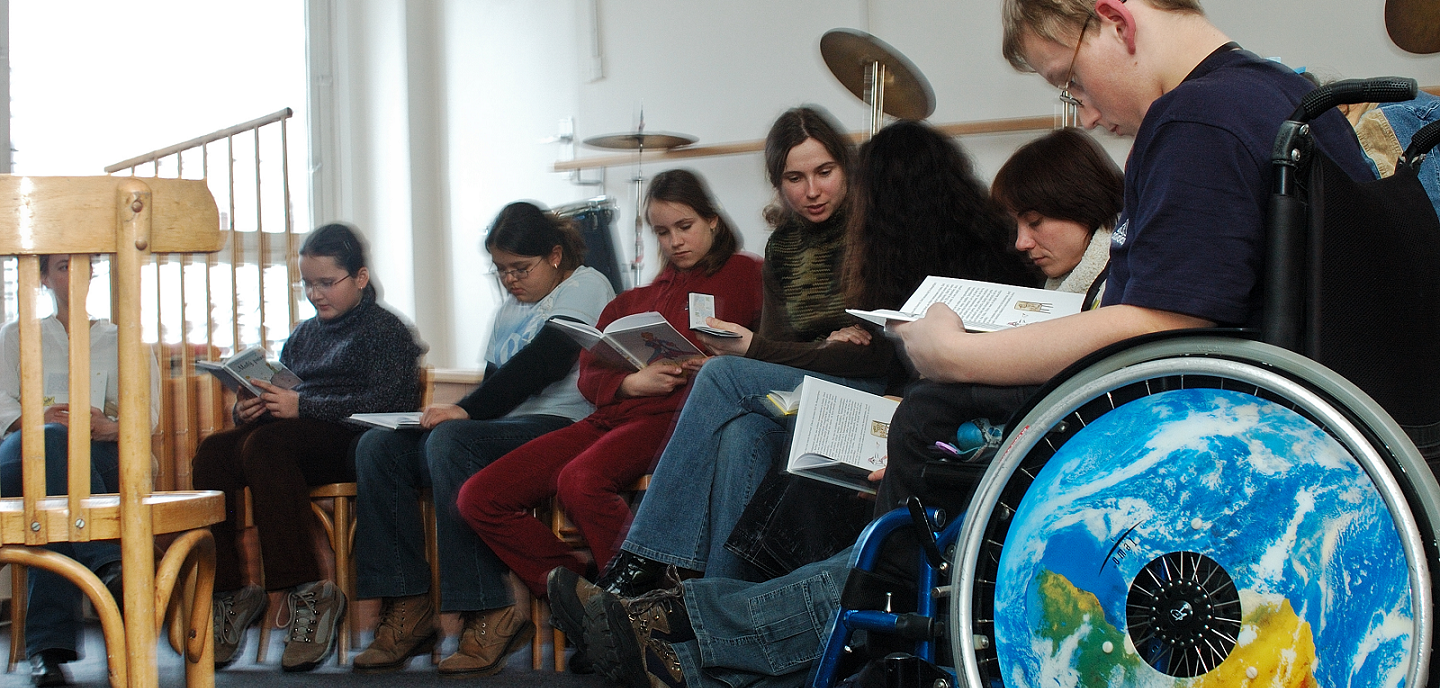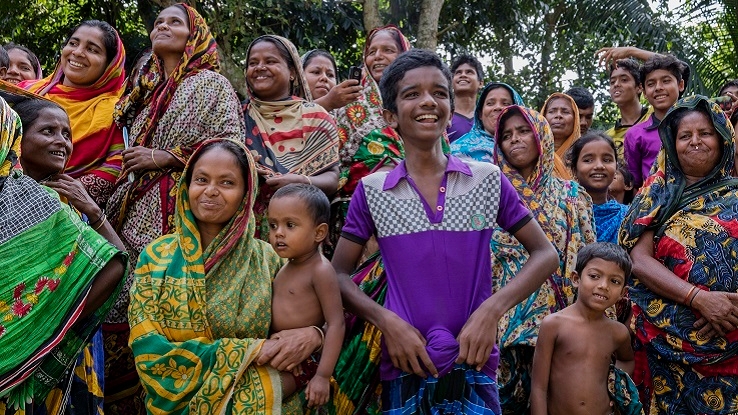One billion people, or 15% of the world’s population, experience some form of disability, and disability prevalence is higher for developing countries.
Persons with disabilities are more likely to experience adverse socioeconomic outcomes such as less education, poorer health outcomes, lower levels of employment, and higher poverty rates. Poverty may increase the risk of disability through malnutrition, inadequate access to education and health care, unsafe working conditions, a polluted environment, and lack of access to safe water and sanitation. Disability may also increase the risk of poverty, through lack of employment and education opportunities, lower wages, and increased cost of living with a disability.
Barriers to full social and economic inclusion of persons with disabilities include inaccessible physical environments and transportation, the unavailability of assistive devices and technologies, non-adapted means of communication, gaps in service delivery, and discriminatory prejudice and stigma in society.
Global awareness of disability-inclusive development is increasing. The United Nations Convention on the Rights of Persons with Disabilities (CRPD) ratified by 185 countries, promotes the full integration of persons with disabilities in societies. The CRPD specifically references the importance of international development in addressing the rights of persons with disabilities.
The 2030 Agenda for Sustainable Development clearly states that disability cannot be a reason or criteria for lack of access to development programming and the realization of human rights. The Sustainable Development Goals (SDGs) framework includes seven targets which explicitly refer to persons with disabilities, and six further targets on persons in vulnerable situations, which include persons with disabilities.
The wide-reaching impacts of COVID-19 continue to affect persons with disabilities including in the sectors of health, education, and transport considerations.
In the area of health, many persons with disabilities have additional underlying health needs that make them particularly vulnerable to severe symptoms of COVID-19 if they contract it. Persons with disabilities were also at increased risk of contracting COVID-19 because information about the disease, including the symptoms and prevention, are not commonly provided in accessible formats such as print materials in Braille, sign language interpretation, captions, audio provision, and graphics.
With widespread school closures, children with disabilities lacked access to basic services such as meal programs; assistive technologies; access to resource personnel; recreation programs; extracurricular activities; and water, sanitation, and hygiene (WASH) programs. COVID-19 led to a sudden shift in the role of the parent/caregiver to act simultaneously as their teachers, in addition to exacerbating the digital divide between learners related to access to equipment, electricity, and the internet.
Last Updated: Apr 03, 2023



